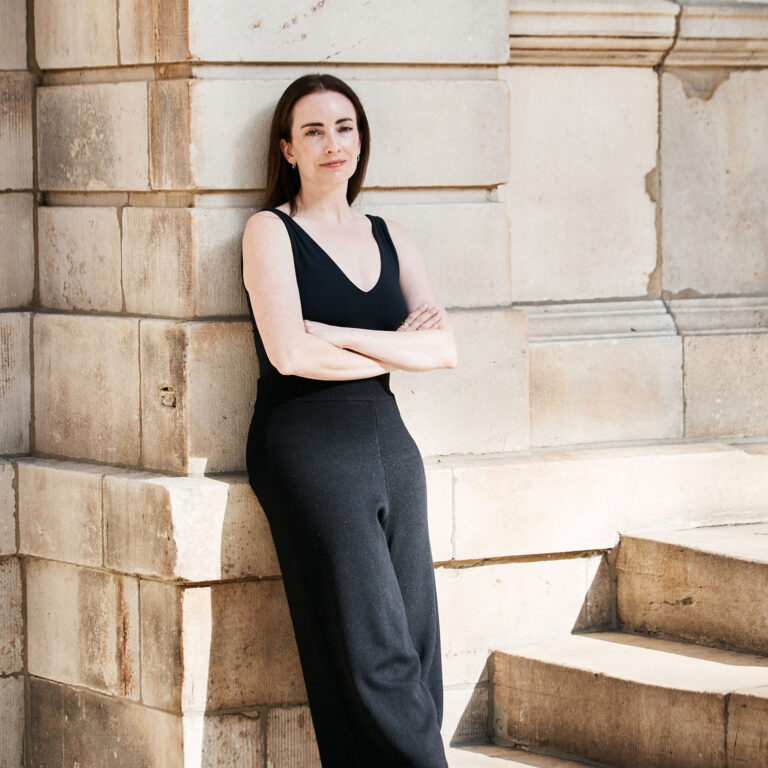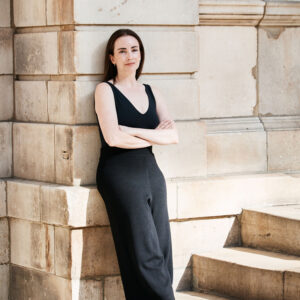
At the beginning of 2018, Hedi Slimane took over from Phoebe Philo as head of French fashion house Céline (now Celine, sans accent). Philo, who had been at the helm of the brand since 2010, has the kind of rabid fanbase normally associated with boy bands or non-dairy milk products, and her successor was scrutinized accordingly. When Philo’s crisp lines, strong shoulders and ladylike-with-a-twist approach to style were jettisoned in favor of Slimane’s darker, shinier, rock-and-roll regalia, Philophiles lamented what they perceived to be Celine’s transition from clothes for working adult women to garb for pouty, emaciated groupies. Yet Slimane’s foray at Celine has extended the brand’s reach. His designs are gender-neutral, and his aesthetic allusions lean more toward Patti Smith gamines than “chic” corporate lawyers, although the associated bank accounts remain the same. Moreover, through his preoccupation with fashion’s potential beyond clothes, Slimane has made tangible the nearly mythic connection between art and fashion. In so doing, the designer has initiated a larger discussion about site specificity.
The Celine Art Project is one such hybrid endeavor. The brand has commissioned twenty-eight artists to display works in Celine stores around the world. The artists, whose practices range from formally austere to politically loaded, are united in their preoccupation with materiality and site. Their work alludes to, if not directly engages with, the traditions of Minimalism and Postminimalism. The tension between industrial and “natural” materials, historically explored by artists active in the 1960s and ’70s such as Joseph Beuys, Louise Bourgeois and Thaddeus Mosley, is pursued here under contemporary conditions.
Brooklyn-based artist Charles Harlan, whose sculpture Tree (2018) is on view in Celine’s SoHo, New York showroom, works primarily with materials associated with industrial fabrication and the quotidian. Tree consists of a portion of a tree trunk which had grown around and partially consumed a “Private Property” sign—one in a series focused on this phenomenon, known as edaphoecotropism. This group of works, Harlan tells me, embodies notions of hybridity—the “object” that results from this process “is neither ‘natural’ nor ‘man-made.’” His sculptures often take the form of readymades—a fishing boat, a wheelbarrow—and although many have a playful, Duchampian quality to them, their art historical lineage can perhaps more accurately be traced to “nonsites,” a concept developed by the Land artist Robert Smithson. Nonsites are pieces of a landscape—soil, basalt—that have been removed and resituated within an indoor space, such as the smooth, alien whiteness of the gallery. Or, the luxury store. They gesture to (and so in some ways are haunted by) the landscape from which their composite parts came. “I’m interested,” Harlan says, “in the interplay between the pieces within a space. I think of composing an installation like organizing a tarot spread: the installation derives meaning from its context and the relationship between its parts.” Tree is a fragment of the outdoors that has been resited and therefore recontextualized, a displacement that highlights the absence of its original site, and the implied memory of wholeness.

“All my Celine stores,” Slimane notes in an interview with Vogue China, “are designed in relation to their location.” Moreover, the works presented through the Celine Art Project, he adds, “are completely site- specific.” Although this is not the case across the board—some were made prior to the commission—there is certainly a shared language between the sculptures and paintings and the retail spaces in which they are installed. The shiny, fabric-like folds of David Jablonowski’s brass Futures Contract, Hardcopy 2 (2019), for example, recall both the hanging clothes and the glossy surfaces of the Mayfair, London store. Hu Xiaoyuan’s rosewood and stone sculpture Grass Thorn III (2017) echoes the black and white marble wall behind it. The notion of site specificity, however, is fraught—particularly as it relates to the disconnection between luxury fashion and, well, nearly everything else. Should a store designed with its surrounding neighborhood in mind bear a responsibility to these environs and its population beyond architectural synergy? Where does, or should, the “site” end?
Berlin- and Brooklyn-based artist Rindon Johnson, whose work The Cube Sculpture (2018) is installed in the Celine store in Paris’s First Arrondissement, engages with similar ambivalences. Johnson’s multidisciplinary practice contends with the contradictions inherent in history, memory and lived experience. He often works with hides— wearing or lying on them before he cures, dries or otherwise engages with them as materials for sculpture—which, he tells me over email from Berlin, is both a condemnation of “the industry that allowed for the bodies that I use in my work to be exploited while simultaneously propelling that industry by purchasing the bodies.” The same could be said about the fashion industry, itself a vast network of waste, pollution and exploitation. When Celine approached him, Johnson “was intrigued by the idea of something of mine becoming a resident of a store,” adding that “it felt appropriate and inappropriate.” The artist imagines The Cube Sculpture’s relationship to its site as one of “a little stowaway… actively, imperceptibly breathing away.” The work, which the artist made by stretching raw cow hides over a cubic mold a friend had gifted him, is charged with its own history of displacement. Johnson imagines the sculpture’s “fascinating life trajectory” from being “a living cow in Brazil… touching its nose on the warm bodies of its friends and lovers, to being slaughtered, to having its skin turned into rawhide, being put in a box shipped to me, sitting in my studio, getting a lot of baths… being draped over a cube tied with rope, looked at a little more and then sent away to stare back at itself in Paris to infinity.” Although the installations that make up the Celine Art Project are permanent, site, for Johnson and others, is not static. Each object, sculpture or garment is inextricable from place, associations, market value and past lives. Slimane’s insistence on fashion beyond clothing alludes to this interconnectedness, but the artists, as always, push further.










 in your life?
in your life?

